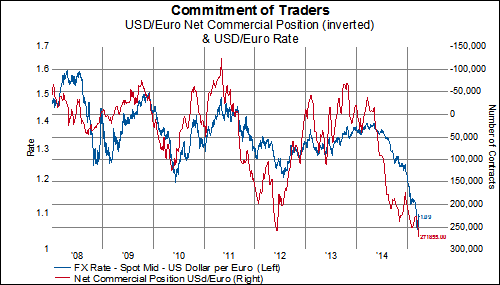This fact has a profound impact on company valuations when one appreciates the distortion that conservative accounting has had on judging corporate innovative activities. In 1974, the Financial Standards Accounting Board (FASB) introduced SFAS No. 2. which stated that all R&D expenditures must be treated as current period costs. Now, regularly readers know that we disagree with this and believe that this type of accounting procedures obfuscates the true value of a company. It is worth noting that the US Bureau of Economic Analysis (BEA) and the United Nations statistical arm also disagrees with this accounting treatment and they now include R&D as output in the calculation of GDP. In our work at Gavekal, we adjust financial statements by capitalizing R&D and other innovative investments, carry them on the balance sheet as long-term assets, and depreciate those assets just as you would property, plant and equipment. By doing so, this gives us a much clearer perspective of the true capital stock of a company of which future earnings are derived from.
With all that in mind, let's take a look at a communications equipment Knowledge Leader, Juniper Networks (ticker: JNPR) . JNPR invests heavily in R&D. They currently invest 21.8% of their sales in R&D, the most among their competitors. They invest another 8.1% of sales in other intangible investments such as brand building and worker training. Consequently, they invest nearly 30% of its sales in intangible investments and only 4.2% in traditional fixed capital. This massive investment in productive intangible capital is completely missed when one looks at traditional financial statements.
Intangible-Adjusted Investment Profile

These investments are not a one-off decision either. This is all part of a strategic plan by JNPR's management. JNPR has been investing 21.4% of their sales on average in R&D for over a decade. This has created nearly $4 billion in additional assets (at historical, depreciated cost) that is unaccounted under traditional accounting practices.
Investment In R&D Over The Past 10-Years

As-Reported Balance Sheet Levels

Intangible-Adjusted Balance Sheet levels

JNPR has been completely out of favor with the market over the past four years. Juniper is down 46.3% while the average stock in the MSCI USA is up over 84%. While we are not in the business of catching falling knives, there are signs the negative momentum in JNPR is abating. This could create an environment where analysts are forced to play catch-up as the unappreciated additional $4 billion in intangible capital stock delivers higher than expected earnings and sales growth.
We have already seen signs that the sales and earnings growth momentum has shifted. FY1 sales estimates has fallen by over 10% over the past six months. However, over the past one and three-months it has actually risen a bit. Same goes for FY1 EPS estimates. FY1 EPS estimates have been slammed nearly 12% lower than they were six months ago. However, the estimates have slightly increased over the past one and three-months.
Change in FY1 Sales Estimates

Change in FY1 EPS Estimates

In addition, you can make a compelling valuation argument for JNPR. JNPR currently trades at a very low intangible-adjusted P/CF ratio of 4.4x. This is by far the lowest in the communications equipment subindstry and is in the bottom 9% of all MSCI USA stocks based on P/CF. JNPR is also trading at only 1.1x intangible-adjusted book value and pays out a dividend yield of 1.8%.
Intangible-Adjusted Valuation Ratios

Couple all of this with an improving technical picture and the upside potential of JNPR looks promising. While JNPR has definitely been out of favor with investors over the past four years, on a relative point and figure basis JNPR has slowly been putting in a base over the past couple of years. It has clearly broken the downtrend line that was in place during its precipitous decline. That is a good first step. It is now in the process of putting in a multi-year base for which future outperformance can be propelled by. Now, the last technical question that needs to be answered is whether or not previous support (line G) is now overhead resistance. If it is, then JNPR may be stuck in a multi-year trading range. If it isn't, however, then blue skies are ahead once again and JNPR may begin to outperform in earnest.

















































